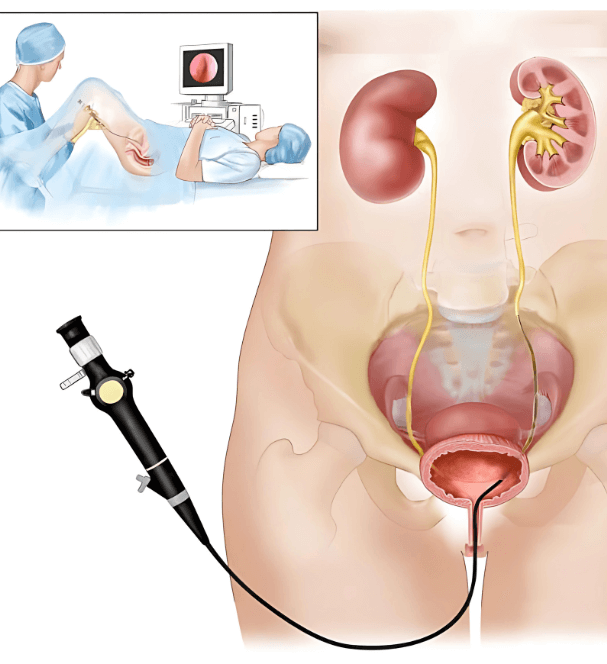- Mon to Thu 08:00 AM - 05:00 PM | Fri 08:00 AM - 04:00 PM
- [email protected]
- 262.444.5148
Urinary tract infections (UTIs) are very common in women. About 40 percent of women will experience a UTI at least once in their lifetime. UTIs are uncomfortable but are rarely dangerous or life-threatening.
A UTI is the abnormal growth of bacteria anywhere along the urinary tract combined with symptoms. The most common site for these to occur is the bladder. UTIs can go by several names, including:
Women are at higher risk for UTIs because the urethral opening is located near the anus. The female urethra is about two inches long, so bacteria from the colon and vagina are sometimes able to enter the urinary tract. The good news is that UTIs are rarely serious in healthy women and can easily be treated. Some women are at a higher risk for UTIs:

Surgeries performed on or near your urinary tract increase your risk for developing a UTI. If you have a catheter placed during surgery or if you need to use a catheter after surgery to help you empty the bladder, you are at increased risk for getting a UTI.
The role of the urinary system is to remove waste from your body. It is made up of the kidneys, ureters, bladder, and urethra:
The kidneys filter waste from your blood and make urine.
The bladder is a muscular pouch that expands to store the urine.
The urethra is the tube that carries the urine from the bladder to the outside of the body.
Burning with urination and the frequent or urgent need to urinate are common symptoms of a UTI. Other symptoms include pain or pressure in the lower pelvic area, cloudy urine, or blood in the urine. With a severe infection or if the infection involves the kidney (pyelonephritis), women may experience fever and chills, pain in the back, as well as nausea and vomiting. There’s no need to check urine for infection on routine basis UNLESS you have symptoms. Symptoms are required to diagnose a UTI. New research is showing that the bladder normally contains some bacteria. Older women in particular tend to have bacteria in the urine routinely. This is not dangerous, and no treatment is needed unless a woman also has symptoms.
Your health care provider will first ask about your symptoms. Then, to confirm the diagnosis, a urine test is usually done. Your urine is tested for components like blood, bacterial byproducts and cells that indicate infection. This test can be done quickly in the office, and then a urine culture may be performed to determine the type of bacteria present as well as the best antibiotic to use.
An uncomplicated UTI is usually treated with oral antibiotic pills. The specific antibiotic and length of treatment will depend on the type of bacteria found to be causing the infection, as well as your medical history. Women usually feel better within 24 hours of starting the antibiotic. However, it is important for you to finish taking all of the medicine. If you stop taking the antibiotics, the infection may return. If you are pregnant, diabetic, recently had surgery, or have a kidney infection, you may need to take an antibiotic for seven to 14 days.

If you have three or more UTIs in a year, that is called having “recurrent UTIs.” This can be very frustrating. Recurrent UTIs appear to run in families. Other risks include being sexually active and using a diaphragm or spermicide. Women who have recently had pelvic surgery or used a catheter are also at risk.
After a thorough pelvic exam to look for anatomic causes of UTIs, your provider may recommend additional evaluation with a urogynecologist or urologist. You many need a cystoscopy, which is a procedure performed in the office that allows your doctor to view the inside of the bladder using a special camera. You may also need an ultrasound or CT scan to examine your kidneys.
There are steps you can take to help prevent recurrent UTIs. Speak with your doctor about:

Looking for Exceptional Women's Health Care in Brookfield, WI?